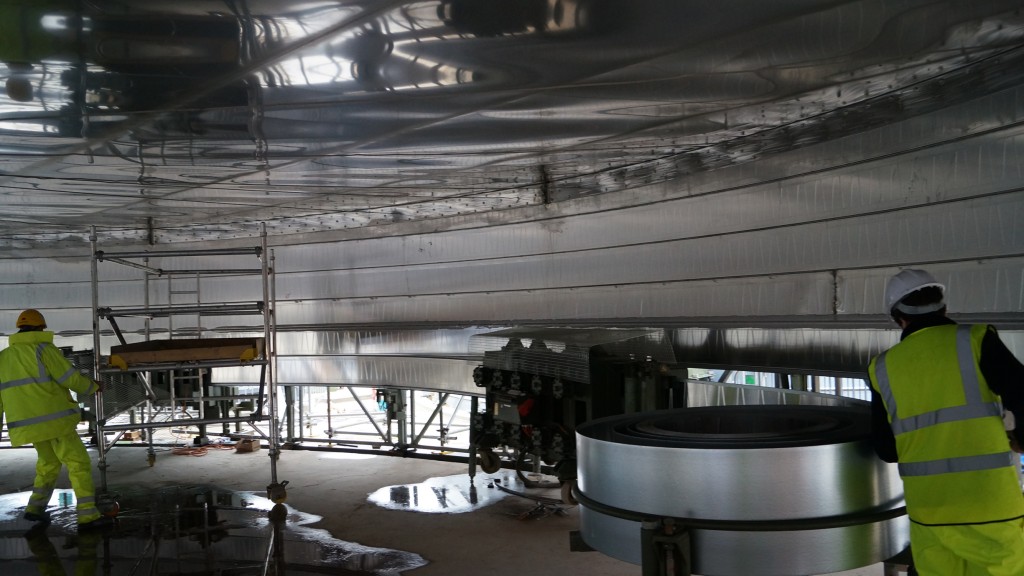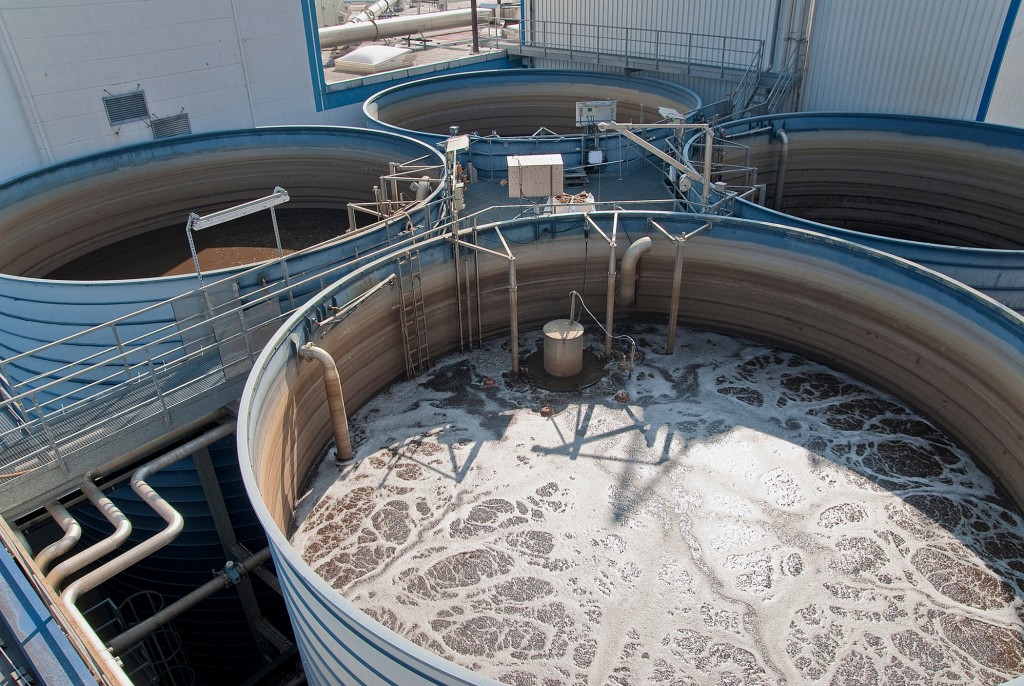Lipp synchs tank design with plant size limitations
Modern day budgetary and space limitations demand that process plants are increasingly being refurbished within existing – and often confined – operational spaces. This is especially problematic for water utility companies looking to replace large and cumbersome processing tanks. Not any more, however, with Lipp’s automated spiral seam tank building system.
Over the last year or two, as AMP 6 and the new TOTEX system have become embedded, the messages being sent from the Water Utility companies is that refurbishment, re-use and upgrade is the way forward. Whole life analysis of product performance has become critical in terms of economic evaluation. It is the preferable option over and above initial purchase cost, which includes any circumstances that involve complete replacement and/or new build.
Ideal for replacing, upgrading or expanding
In certain circumstances, this means that components within an overall system will be replaced or upgraded rather than the complete system itself. This can be difficult enough with smaller components. When the components in question are very large, like water storage or process tanks on a waste water treatment plant, then the problems can be very challenging indeed. Typically, tank construction requires a lot of space around the tank for scaffolding, ancillary equipment and personnel. This might simply not be available though if you are working within an existing, confined and operational processing plant.
In contrast, the Lipp spiral-seam tank construction system requires very little space for building. It is therefore ideal for replacing, upgrading or expanding upon existing storage and processing plant capacity. Because the tanks are built from the ground upwards as a spiral, using Lipp’s automated construction process, most of the building work takes place at or close to ground level. Also, because the system needs minimal scaffolding work on the outside, the tanks can easily be built between existing processing and storage tanks, support frameworks and gantries. All of which would otherwise present real difficulties for older style bolted section tank solutions.
Flexible and space-efficient tank building system
Martin Grant, Lipp’s UK Marketing and Sales Manager, said:
The ability to provide such a flexible and space-efficient tank building system offers real benefits when working within existing operational processing plants. We have previously solved similar problems at a busy UK airport, where the space restrictions limited how high we could work, as well as the space available at ground level. The Lipp system gave the most effective solution to these confined space challenges.
The Lipp double-fold system is the fastest and easiest technique for flexible construction of reliable containers and tanks within a customer’s existing operational location. The main characteristic of the tank building system are the transportable compact assembly devices, allowing the construction of tanks by steel bands from within the tank ground plan; a very effective method of building in challenging process environments. The highly automated production process permits a continuous variable size installation within a short time frame – and in a small space.
For more information, please visit www.lipp-uk.com.
Get the latest process industry news
Interested in receiving even more industry-leading news from Process Industry Forum delivered directly to your inbox? Then sign up to our free newsletter. Bringing you the latest news, trends, innovations and opinion from across the process industry, our exclusive newsletter gives you all the industry insights of the moment in one, easy-to-digest bulletin. Stay ahead of the competition with regular process industry news instalments from PIF.



